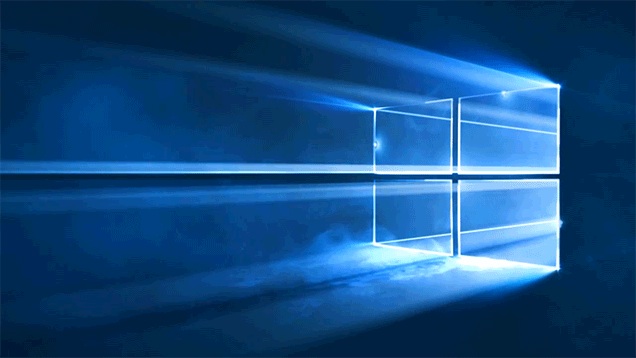Windows 10 forges ahead with home users, but not in the workplace
Some illuminating new figures from the US government

The latest figures to emerge concerning Windows 10 adoption show that Microsoft's latest OS is building up a good head of steam with consumers, but not faring so well in the workplace.
Certainly, we know Windows 10 is doing well overall, and far, far better than Windows 8 as Microsoft hoped. Indeed, Redmond recently announced the OS had reached 200 million installs, which is twice as many devices as Windows 8 managed in the same time period (namely the first six months).
However, some bean counters have pointed to a slowdown in the pace of Windows 10 adoption in recent times – though that's to be expected to an extent, after the initial rush – and the new figures published by the Register are also quite illuminating in terms of telling the full story.
The Reg gets its figures on Windows usage from the US government's analytics service that shows which operating systems are visiting government websites.
Looking at the three months running up to yesterday, a picture of peaks and troughs is painted which clearly points to Windows 7 usage being high during the five days of the working week – reaching up to the 70% mark – and then dipping down to below the 50% mark at the weekend, bottoming at around 45%.
Windows 10, on the other hand, shows the exact opposite trend – it's down during the working week at around the 15% mark in recent times, spiking up and closing on 30% at the weekend.
Windows 8 fares better at the weekend too, although it doesn't record nearly such a pronounced jump as Windows 10.
Sign up to the TechRadar Pro newsletter to get all the top news, opinion, features and guidance your business needs to succeed!
Work and play
In other words, Windows 7 is being used far more in the work environment, and Windows 10 is making great strides with home users – as you'd expect, really. It's one thing for the average home user to click through and get their free Windows 10 upgrade, and entirely another for a business to have to upgrade its whole workforce and all their devices.
Obviously enough, Microsoft is continuing to push the success angle with Windows 10 as much as it can, noting that not only has the OS reached 200 million devices, but it's also seeing high engagement rates with users spending in excess of 11 billion hours working with Windows 10 in December alone.
Redmond also reckons there's been an increase in traffic and profits with the Windows Store since the launch of Windows 10, although the company didn't mention any specific figures, and neither did it give any numbers for the amount of universal apps now available in the store.
Darren is a freelancer writing news and features for TechRadar (and occasionally T3) across a broad range of computing topics including CPUs, GPUs, various other hardware, VPNs, antivirus and more. He has written about tech for the best part of three decades, and writes books in his spare time (his debut novel - 'I Know What You Did Last Supper' - was published by Hachette UK in 2013).